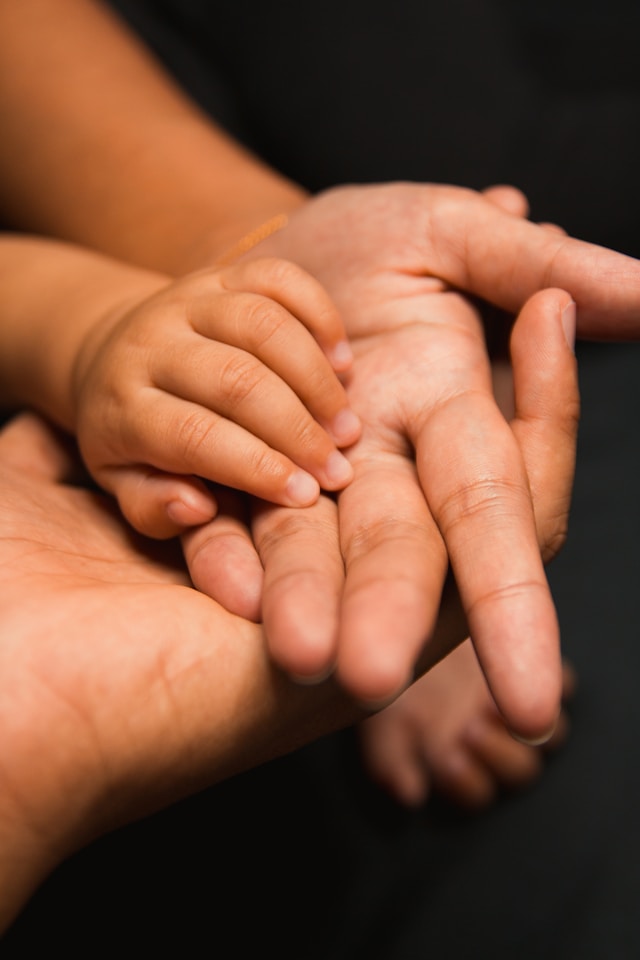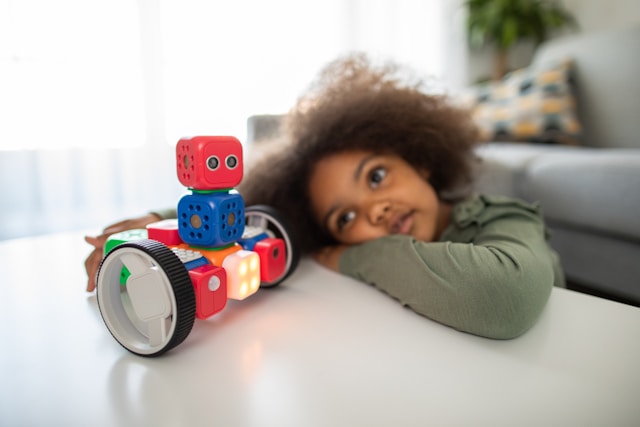Lets face it, when you have little kiddos, whether they have sensory processing needs or not, you will need to get some sensory accessories here and there so that they can let out their energy, right?
It gets even more vital when your kid has autism or sensory processing disorders.
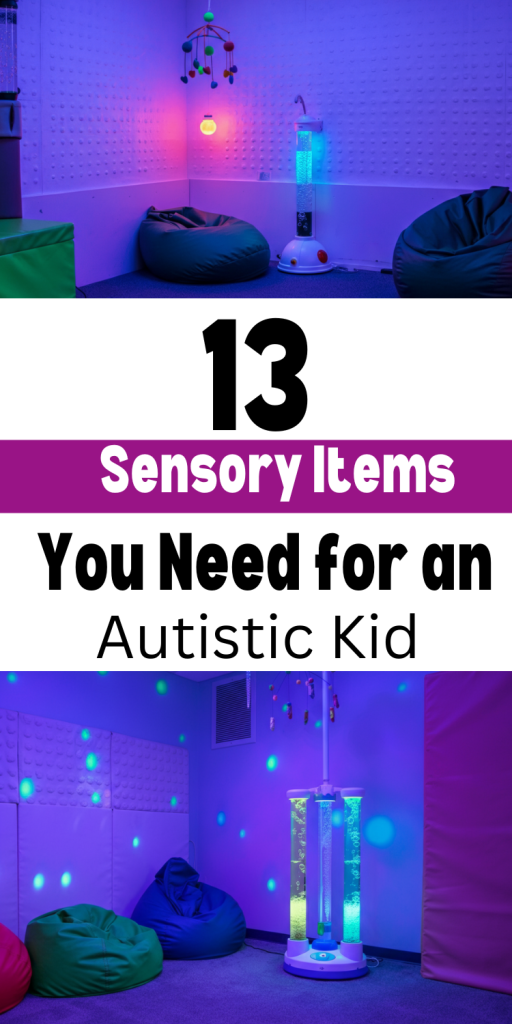
A sensory room serves as a refuge of comfort and stimulation for children on the autism spectrum. These specially designed spaces offer a secure environment for kids to explore, regulate their sensory experiences, and enhance their overall well-being.
To create an effective sensory room, meticulous planning and selecting suitable items are paramount to cater to each child’s unique sensory needs. In this blog post, we’ll delve into the essential items required in an autistic child’s sensory room, including sensory boards, sensory mats, climbing holds, trampolines, body socks, and other crucial elements.
- Soft Furnishings
The foundation of a cozy and welcoming atmosphere begins with soft, comfortable seating options like bean bags, floor cushions, and plush rugs. These items provide a sense of security and comfort, enabling children to relax and engage with their sensory experiences at their own pace.
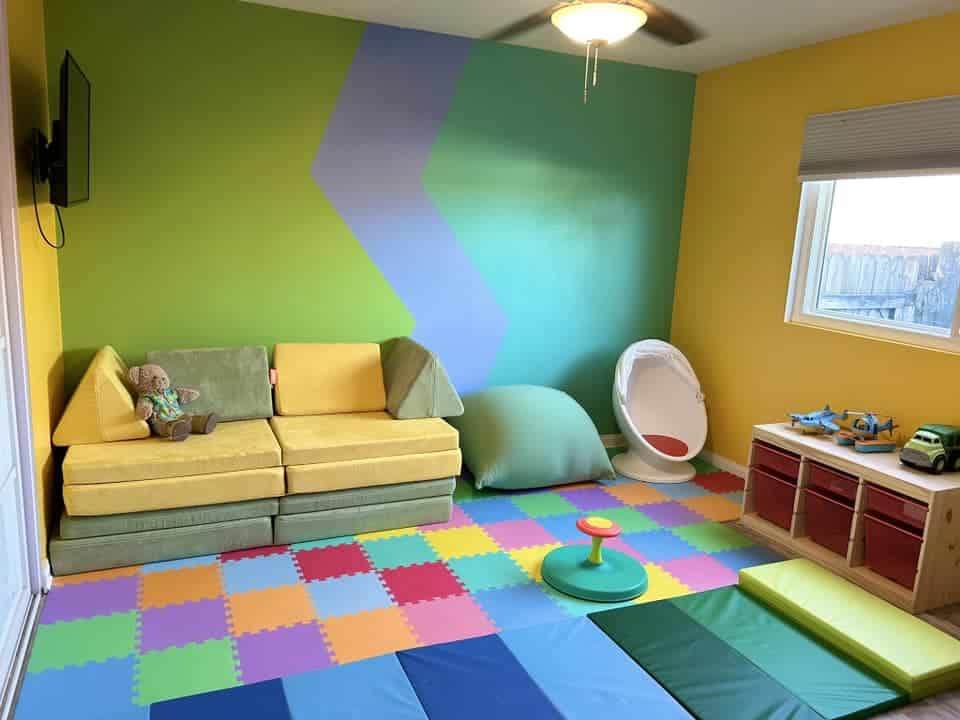
- Sensory Lighting
Opt for adjustable LED lights with various color options to create a calming or stimulating environment as needed. Additionally, incorporating visually engaging lighting options such as fiber optic lights, lava lamps, and light projectors can enhance the room’s ambiance.
- Weighted Blankets and Vests
Weighted blankets and vests offer deep touch pressure, delivering a calming effect for children with autism. These items help reduce anxiety and sensory overload by providing a comforting, grounding sensation.
- Fidget Toys
A diverse selection of fidget toys, including stress balls, textured handheld items, and squishy toys, should be easily accessible. These toys cater to different sensory preferences and encourage sensory exploration and self-soothing.
- Wall-Mounted Sensory Panels
Wall-mounted sensory panels engage multiple senses and promote fine motor skills and coordination. Panels featuring buttons, switches, mirrors, and various textures provide tactile, auditory, and visual exploration opportunities.
- Sensory Boards
Sensory boards, featuring a range of textures, materials, and interactive elements, offer hands-on sensory experiences. Children can touch, explore, and manipulate these boards, fostering sensory development.
- Sensory Mats
Sensory mats, adorned with textures, colors, and patterns, offer tactile stimulation and can serve as a comfortable space for floor-based sensory activities. These mats encourage children to engage with their surroundings.
- Climbing Holds
For kids who seek proprioceptive input and enjoy climbing, securely installed climbing holds on the walls provide a safe and stimulating outlet. Ensure they are age-appropriate and suited to your child’s skill level.
- Trampoline
A trampoline is an excellent addition to a sensory room, providing both proprioceptive and vestibular input. Jumping on a trampoline helps children regulate their sensory experiences while expending energy.
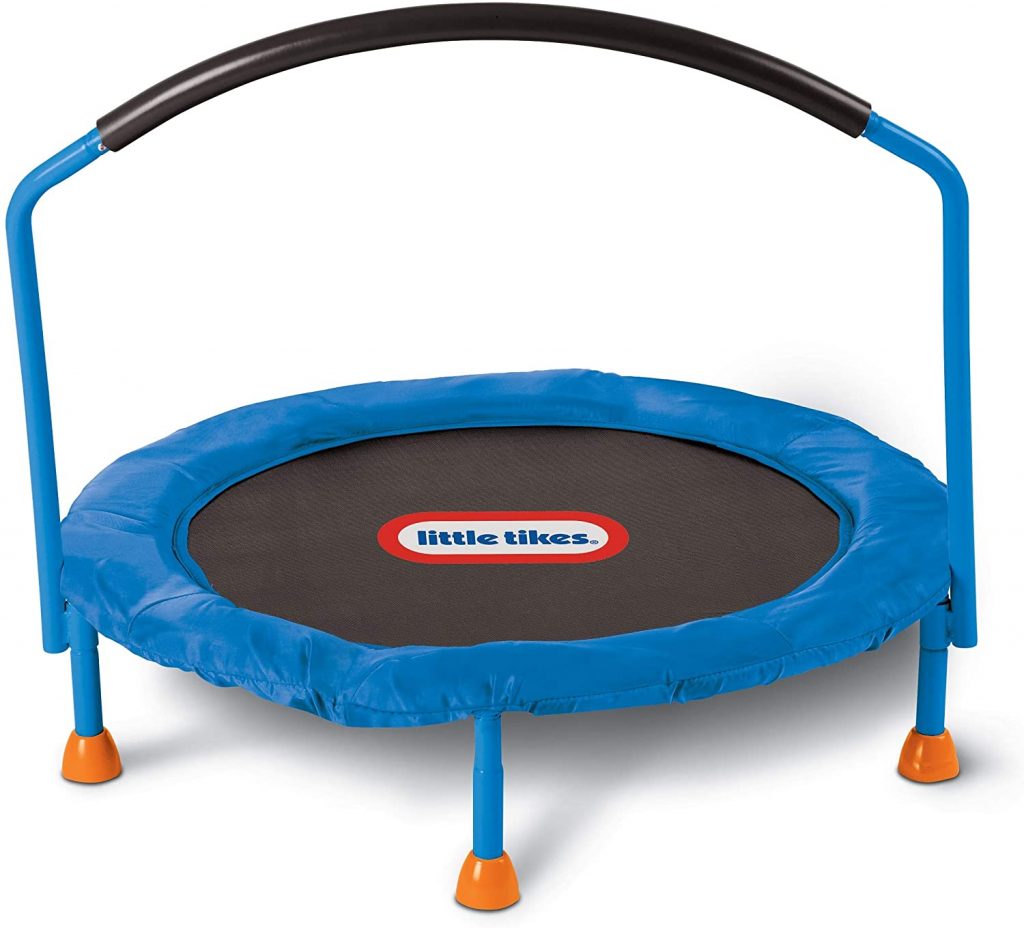
- Body Socks
Body socks are stretchy, snug-fitting garments that provide deep pressure and tactile stimulation. They create a cozy, enveloping sensation, making them particularly beneficial for children who seek proprioceptive input.
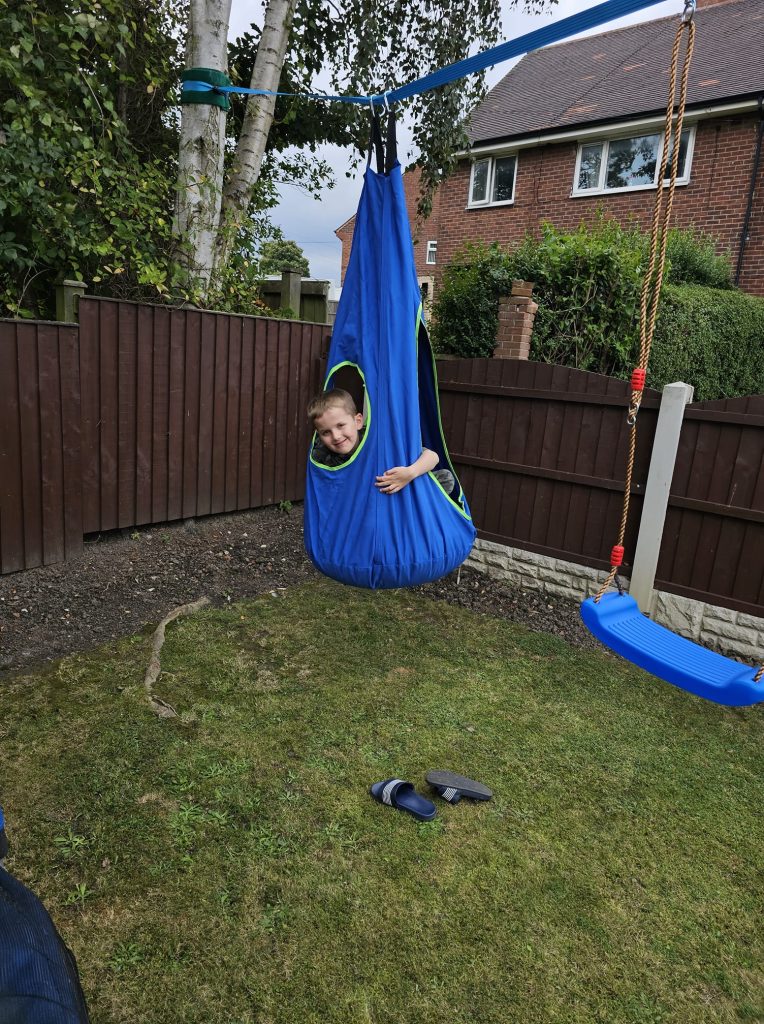
- Soundscapes and Music
Craft a selection of soothing sounds and music to help children relax or engage in auditory sensory experiences. Soft background music or nature sounds can be calming, while interactive musical toys encourage engagement and exploration.
- Aromatherapy
Aromatherapy products like essential oil diffusers with gentle, calming scents contribute to creating a soothing atmosphere. Ensure these products are safe and non-allergenic.
- Visual Stimulation
Incorporate visually stimulating items such as bubble tubes, glitter lamps, or wall decals with engaging patterns and colors. These elements capture a child’s attention and provide a soothing visual focus.
Conclusion
Designing a sensory room for an autistic child is a personalized and thoughtful process. These essential items, including sensory boards, sensory mats, climbing holds, trampolines, body socks, alongside other elements, form the core of a comprehensive sensory experience. Keep in mind that each child is unique, so closely observing their preferences and sensitivities is crucial for fine-tuning the sensory room.
With the right items and careful planning, you can provide your child with a sensory haven that supports their sensory development and overall well-being.






